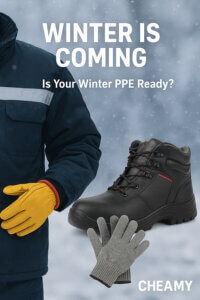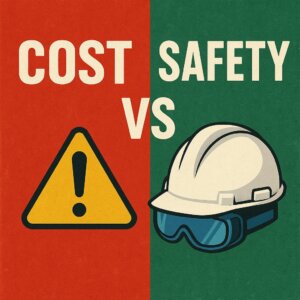In today’s high-risk industrial environments, selecting the right protective gear is not just a regulatory requirement—it’s a critical safeguard for human health. Among the standout solutions, MICROGARD 2000 by Ansell has emerged as a global benchmark, blending advanced material science with ergonomic design to address diverse workplace hazards. Let’s explore why this suit is a top choice across industries like pharmaceuticals, cleanrooms, and chemical handling.
Innovative Technology for Uncompromised Safety
1. Microporous Polyethylene Laminate: A Game-Changer
The MICROGARD 2000’s core lies in its microporous polyethylene laminate nonwoven fabric, a breakthrough material engineered to block 100% of particles as small as 0.01 microns—including viruses, radioactive dust, and toxic aerosols—while remaining breathable. This dual functionality ensures:
- Superior Liquid Resistance: Repels low-to-moderate chemical splashes, pesticides, and biological fluids, complying with EN 13034 (Type 6) and DIN 32781 standards for pesticide protection.
- Heat Stress Reduction: With a 63gsm fabric weight and high water vapor transmission rate, it minimizes heat buildup during prolonged use, a critical feature in tropical climates or high-intensity tasks.
2. Ergonomic Design for Enhanced Mobility
The suit’s bound seams and stretchable panels provide a secure yet flexible fit, critical for tasks requiring precision. Key design elements include:
- Three-Piece Hood & Adjustable Closures: Ensures full head and neck coverage without restricting movement.
- Anti-Static Properties: Compliant with EN 1149-5, it prevents electrostatic discharge in explosive environments or electronics manufacturing.
- Latex- and Silicone-Free Construction: Reduces allergy risks and contamination in sensitive applications like spray painting.
Certifications: Meeting Global Safety Benchmarks
MICROGARD 2000 is rigorously tested to comply with the EU’s strictest PPE regulations (CE Category III) and multiple international standards:
- EN 14126: Validates protection against bloodborne pathogens and biological contaminants, making it ideal for pandemic response.
- EN 1073-2: Certifies resistance to radioactive particles (Class 2), crucial for nuclear facility maintenance.
- Type 5/6 Classification: Combines EN ISO 13982-1 (dry particulate protection) and EN 13034 (liquid splash resistance), covering a broad risk spectrum.
These certifications ensure compliance across regions, simplifying procurement for multinational corporations.
Applications: Versatility Across Critical Sectors
1. Pharmaceuticals & Cleanrooms
The suit’s low-linting fabric minimizes fiber contamination in sterile environments, while its anti-static properties protect sensitive equipment.
2. Chemical Handling & Agriculture
From pesticide application to machinery cleaning, its chemical-resistant barrier safeguards against corrosive liquids and airborne toxins.
3. Emergency Response & Forensics
Used in crime scene investigations and hazmat operations, it provides reliable protection against biohazards and toxic particulates.
4. Veterinary Services
The breathable design and full-body coverage make it ideal for managing animal-borne pathogens.
Why Professionals Trust MICROGARD 2000
1. Comfort Meets Durability
- Extended Wearability: Lightweight and breathable, it supports 8-hour shifts without fatigue.
- Sizing Inclusivity: Available in S-5XL with color-coded options (white/green) for hazard differentiation.
2. Cost-Effective Protection
- Individually Packed: Ensures hygiene and extends shelf life to 5 years, reducing waste.
- Reusable Options: Select models support limited reuse, aligning with sustainability goals.
3. Future-Ready Features
Ansell integrates smart PPE trends, exploring sensor-compatible designs for real-time hazard monitoring.
Sustainability in Focus
Ansell prioritizes eco-conscious manufacturing:
- Recycled Materials: Selected components use sustainable polymers.
- Reduced Carbon Footprint: Centralized production in Sri Lanka and China optimizes logistics.
Comprehensive datasets and analysis can be provided—please inquire for access.








